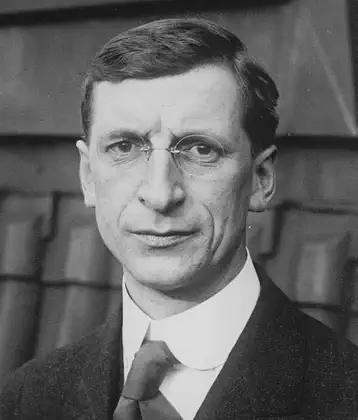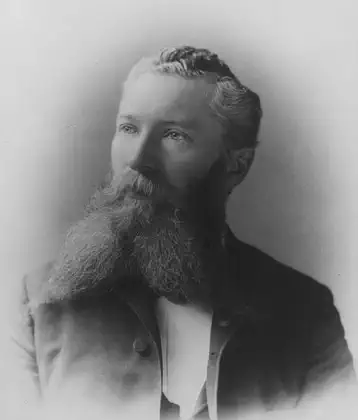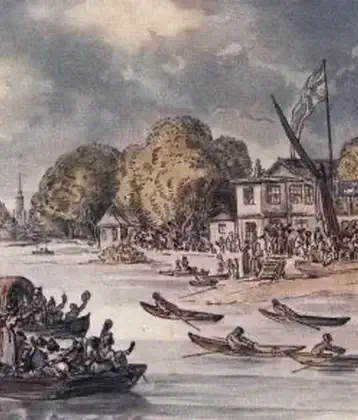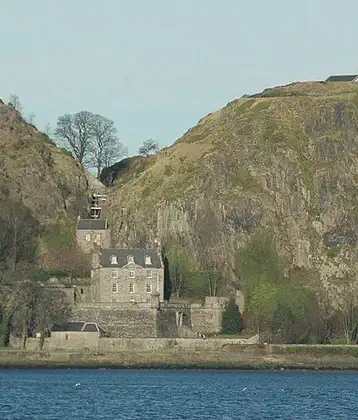On April 01, 1401 in Celtic History
Conway castle taken by welsh rebels under william and rhys ap tudor

Conwy Castle is a fortification in Conwy, located in North Wales. It was built by Edward I, during his conquest of Wales, between 1283 and 1287. Constructed as part of a wider project to create the walled town of Conwy, the combined defences cost around £15,000, a massive sum for the period. Over the next few centuries, the castle played an important part in several wars. It withstood the siege of Madog ap Llywelyn in the winter of 1294–95, acted as a temporary haven for Richard II in 1399 and was held for several months by forces loyal to Owain Glyndŵr in 1401.
Conwy Castle was captured by Welsh rebels under the leadership of William (Willem) ap Tudur and his brother Rhys ap Tudur in 1401. This event occurred during the early stages of the Welsh uprising led by Owain Glyndŵr, which sought to establish an independent Wales free from English rule. The capture of Conwy Castle was a significant achievement for the Welsh forces, showcasing their ability to challenge English power in the region.

The Tudor brothers, part of the wider Tudor family from which Henry VII of England would later descend, managed to take control of the castle through a cunning ruse. They entered the castle under the guise of carpenters working on the structure, then seized it from the inside. Despite their success, the Welsh rebels held Conwy Castle for only a brief period before English forces reclaimed it.
The capture of Conwy Castle by William and Rhys ap Tudor is remembered as a notable episode in the Welsh struggle for independence and the broader Glyndŵr Rising, which lasted from 1400 to around 1415. Though ultimately unsuccessful in achieving its long-term goals, the uprising is a celebrated part of Welsh history and national identity, symbolizing resistance against English domination and the enduring spirit of Welsh independence.
More From This Day




St. Clair Mulholland, Union Civil War General and Medal of Honor winner, is born in Lisburn, Co. Antrim
April 01, 1839

Irish-born Edward Hand is appointed a Brigadier General in the Continental Army
April 01, 1776



Dumbarton Castle, under siege since January 1570, captured by Captain Thomas Crawford
April 01, 1571

Risings by the native Irish in various parts of Munster and Leinster, continuing into 1330
April 01, 1329